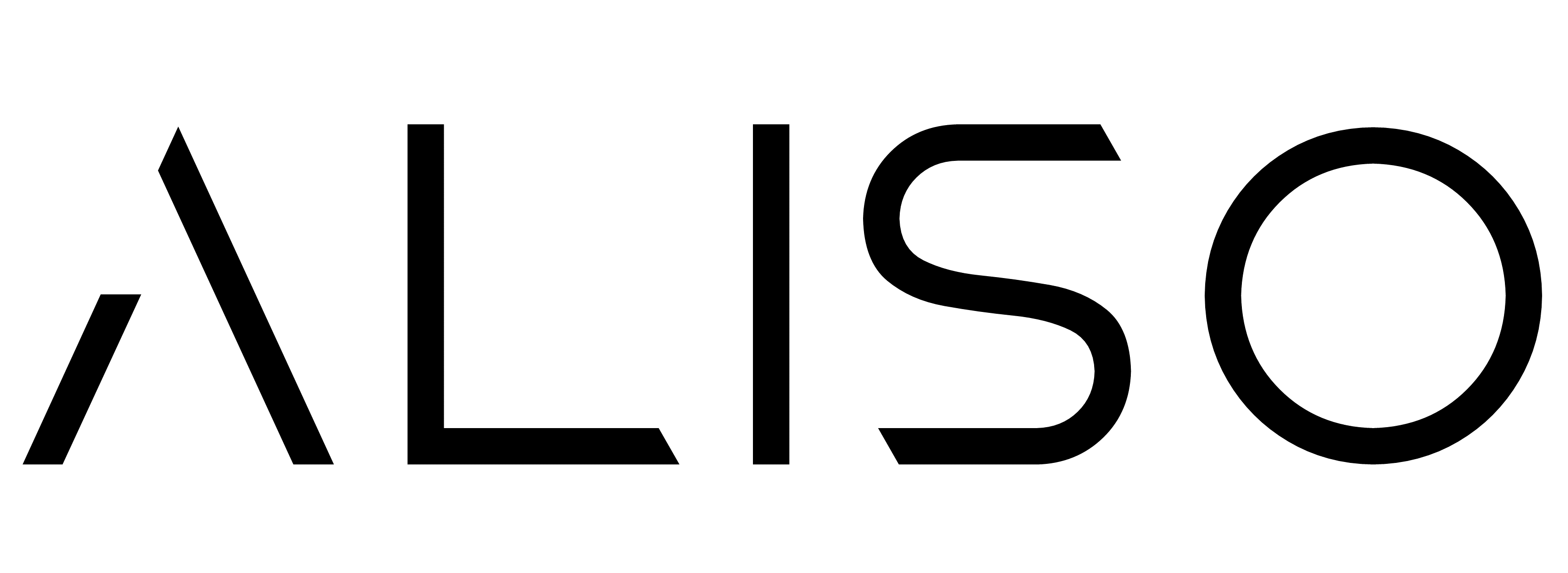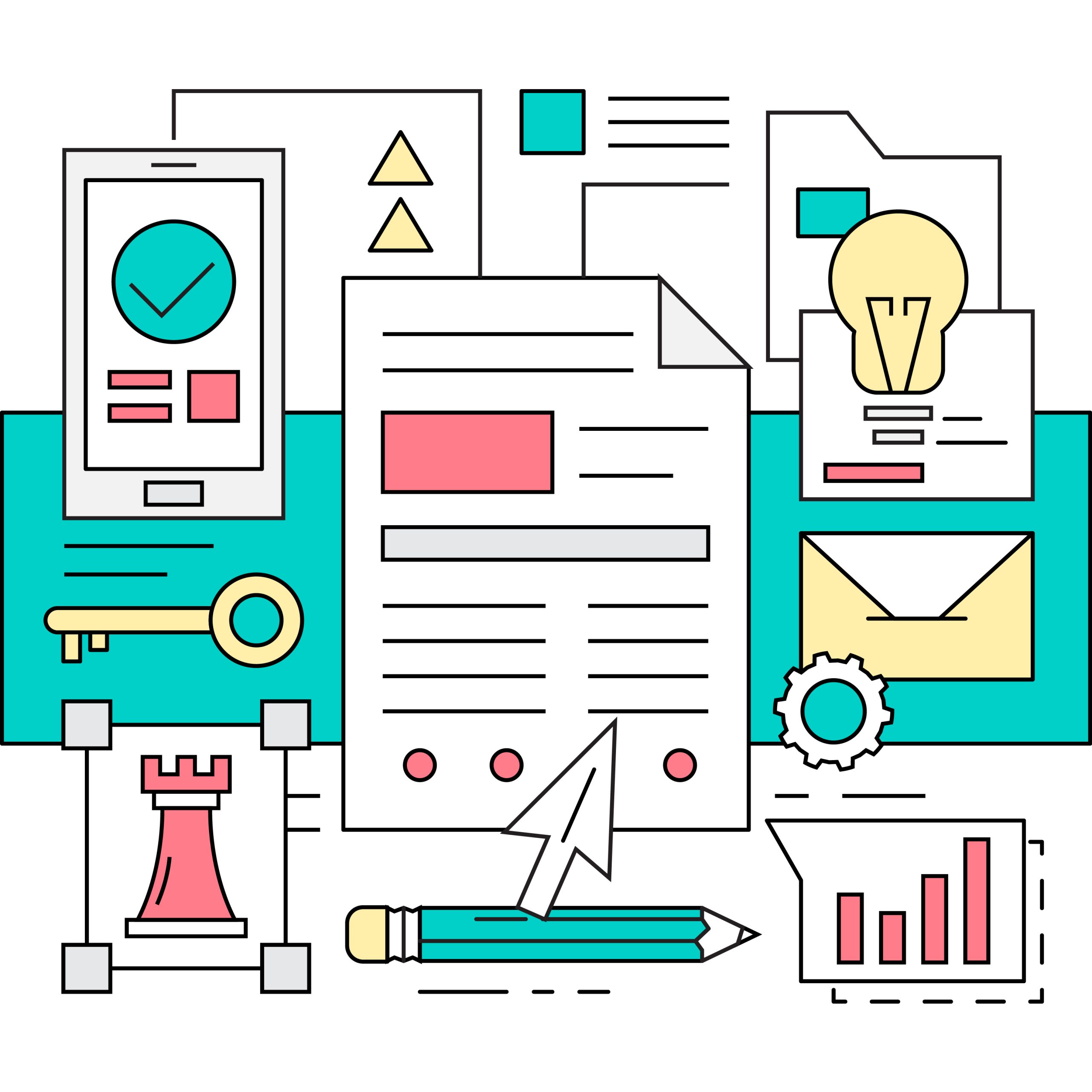In 2025, writing clearly isn’t enough.
Technical writers are expected to do more than just explain how things work.
They’re expected to create content that helps users solve problems fast, across multiple channels, devices, and use cases.
This is where content design comes in.
Content design isn’t just a buzzword—it’s a critical skillset that makes technical writing more effective, accessible, and user-friendly.
✅ What Is Content Design?
Content design is the process of creating content based on user needs.
It includes:
- Research
- Structuring information
- Accessibility
- Usability
- Writing in plain language
Instead of just explaining features or processes, content designers focus on what the user is trying to do—and how to get them there quickly.
✍️ Why Technical Writers Need Content Design Skills
Technical writers are often responsible for user-facing content.
If that content isn’t designed for the end user, it won’t be read—or worse, it’ll confuse the reader.
Here’s why content design skills make a big difference:
1. Improves User Experience
Good content design helps users find what they need faster.
It reduces cognitive load and removes unnecessary steps.
That means fewer support tickets, less frustration, and happier users.
2. Supports Accessibility
Content design includes accessibility by default.
That means your documentation is easier to read, navigate, and understand—for everyone.
Accessible content reaches more people and meets compliance standards.
3. Keeps Content Consistent
When writers use content design frameworks and patterns, the output is more consistent.
That’s essential when you’re part of a team—or scaling content across platforms.
4. Encourages Collaboration
Content design encourages writers to work with product teams, designers, researchers, and developers.
It’s a more collaborative, aligned way of working.
This improves the flow and accuracy of documentation.
🛠️ Core Content Design Skills Every Technical Writer Should Learn
1. Plain Language Writing
Cut jargon.
Be clear.
Write like you’re helping someone—not impressing them.
Plain language is a core part of both technical writing and content design.
2. Information Architecture
Learn how to group, label, and order content in a way that makes sense to users.
This helps people find answers without digging.
3. Journey Mapping
Understand the user journey.
Where do users struggle? What do they need to know, and when?
Use this insight to structure documentation more effectively.
4. Content Testing
Test content the way you’d test UX.
Run usability tests.
Check if people understand your headings, can follow your instructions, or complete tasks using your documentation.
5. Accessibility and Inclusion
Follow accessibility best practices.
Use proper heading structures, alt text, contrast, readable fonts, and scannable formats.
This makes your content usable by everyone—not just a few.
📈 Where These Skills Show Up in Tech Writing
- FAQs that actually answer common questions
- Onboarding guides that support users from day one
- Error messages that guide, not confuse
- Interactive content like checklists, decision trees, and tutorials
- API documentation that follows user journeys instead of dumping info
Content design and tech writing both aim to solve problems through content.
Used together, they make documentation more powerful and purposeful.
🚀 Why It’s Time to Upskill
Content design isn’t just for government teams or big corporates.
It’s becoming the standard for anyone writing digital content.
Whether you’re working on a knowledge base, help centre, or internal docs—content design will improve your results.
Learning these skills will:
- Make you more competitive
- Improve the quality of your writing
- Help you create content users actually need






